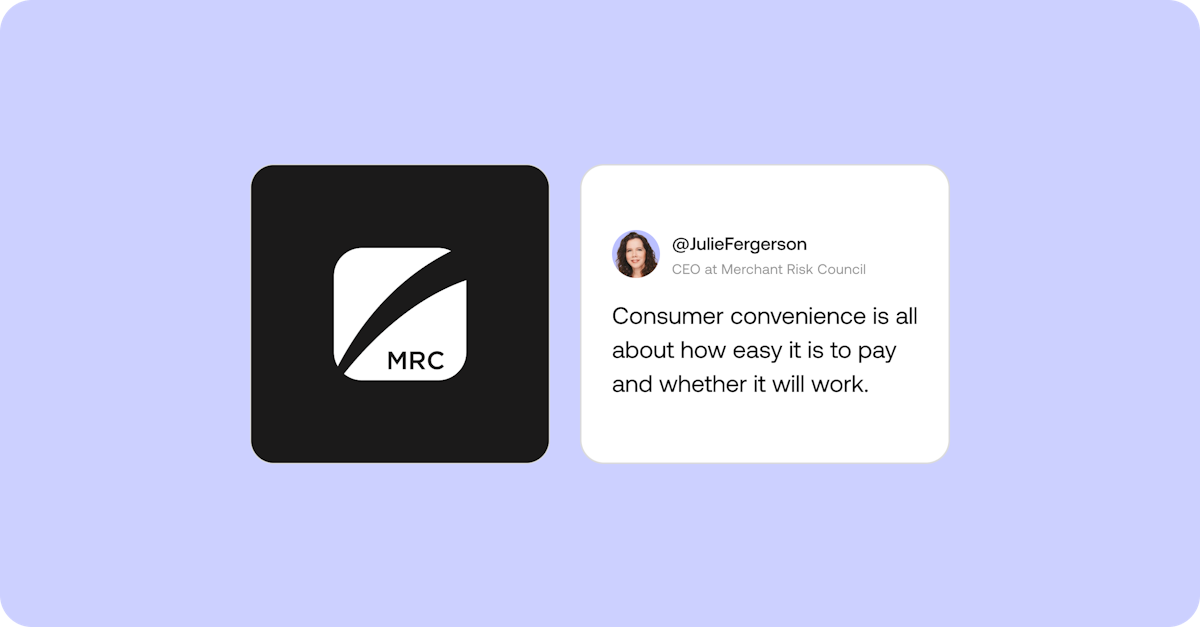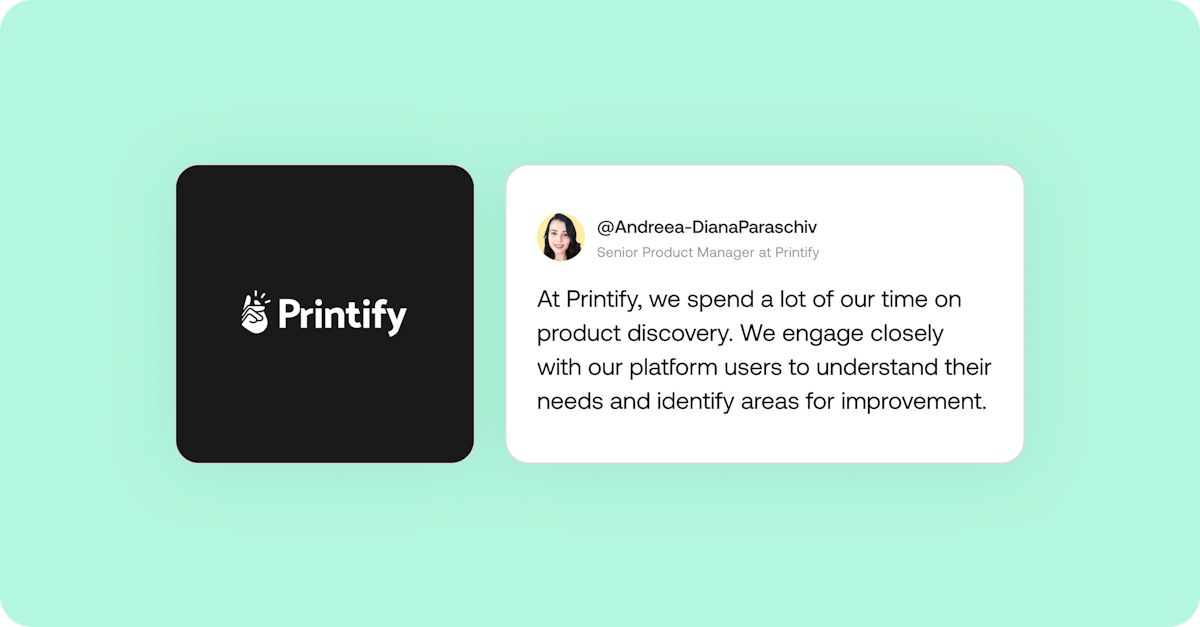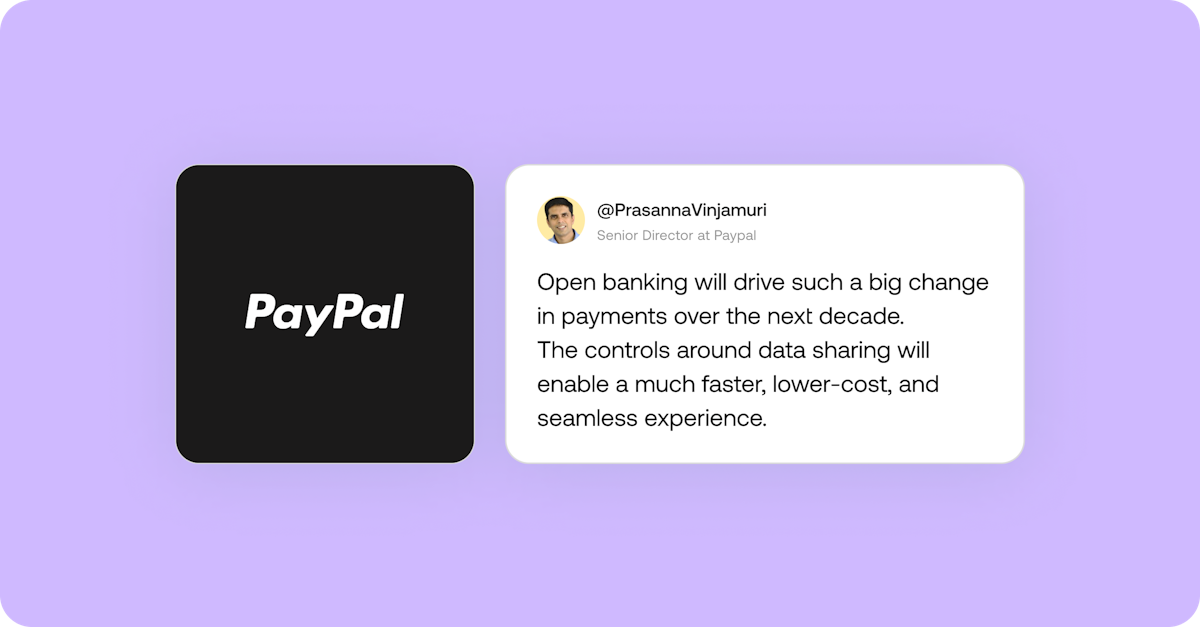Navigating the future of payments
Insights from Printify, PayPal, and the MRC on evolving customer expectations, optimization strategies, and AI impact.

Keeping one eye on the future is critical when working in the payments space. Change comes fast, and stagnation is equivalent to regression. Merchants who don’t adapt will fall behind their counterparts who utilize payments as a catalyst for innovation and growth.
So, what does the future of payments hold, and how are merchants preparing for it?
We spoke with industry leaders Andreea-Diana Paraschiv, Senior Product Manager at Printify, Prasanna Vinjamuri, Senior Director of Product Management at PayPal, and Julie Fergerson, CEO at the MRC, to find out.
Meeting customer expectations at checkout and beyond
If there is anything that epitomizes the pace of change in the payments landscape, it is evolving consumer preferences. Over the past few years, we have witnessed significant shifts in how consumers make payments at online checkouts, driven by the rise of Digital Wallets, Buy Now, Pay Later (BNPL), and, to a lesser extent, Open Banking.
On the one hand, the emergence of these Alternative Payment Methods (APMs) has provided merchants with greater flexibility in configuring the payment experience to align with the unique preferences of their customers. A noteworthy example is how customer demand has extended the reach of BNPL beyond its traditional realm in retail to find itself at the checkout of travel companies, ticketing sites, and even fast food outlets.

However, embracing new payment methods presents challenges for merchants. Operationally, there is a need to manage multiple integrations with diverse providers unless they opt for a solution like Primer. Moreover, it is vital to understand consumers' preferred APMs and present those options within the context of their purchasing journey. It takes considerable time and effort for merchants to manage, especially when they cannot quickly change their payment stack.
What are you optimizing for?
45% of merchants said they're focusing on optimizing payments in a recent S&P survey. This figure illustrates the shift of payments from a commoditized back office process to one that receives boardroom attention. But optimization is a broad term; it means everything and nothing. So it's important to zoom in and understand what merchants are optimizing for.
For Andreea's team at Printify, optimization revolves around customer-centric activities. The company places utmost importance on listening to its customers on both sides of the transaction and developing solutions that cater to their needs. A recent example of this approach is introducing a top-up solution for accounts, which reduces the number of transactions sellers need to make on the platform, thereby minimizing the subsequent back-end reconciliation workload.

Julie, who, in her role at the MRC, gains access to diverse perspectives, classifies merchants into two categories when discussing optimization. The first group comprises those who prioritize optimizing payments to maximize sales and ensure a seamless customer experience. Particularly in the luxury sector, these businesses employ tools like payment links to integrate payments into VIP online shopping services. The second group consists of merchants primarily focused on reducing payment processing costs. They employ strategies such as routing payments to lower-cost acquirers and minimizing instances of fraud. Julie highlights that these companies typically operate on narrow profit margins, where even a slight alteration in payment fees can significantly impact their bottom line.
Prasanna adds that he’s also seeing many merchants focusing on cost presently. This is unsurprising given the current economic climate. However, he stresses that it’s vital that merchants don’t take a narrow view focusing on the transaction cost alone. Instead, he emphasizes the importance of incorporating redundancy into a merchant’s payment stack to avoid significant disruption if there are issues with the chosen provider. This point holds merit, as savings achieved by reducing transaction costs over a year can easily be nullified by even a brief outage from a payment service provider (PSP).
What’s clear is optimization within the payments ecosystem takes many forms. However, what truly matters is for payment teams to align their strategies with the company's broader objectives. Although seemingly self-evident, companies encounter challenges here, hindering their ability to meet their goals and unlock their payments' potential fully.
Payments in the age of artificial intelligence
Artificial intelligence is touching every aspect of a business. Payments are no exception. Although it is still early days, we already see both positive and negative effects.
Starting with the negative, the proliferation of AI is exposing merchants to new and dangerous forms of fraud. Using AI, fraudsters can deploy malicious bots at scale like never before. It’s also allowing them to launch advanced social engineering scams and utilize deep fakes to dupe merchants. And this is just the beginning. The technology is nascent, and fraudsters, like businesses, are still only scratching the surface of its power.
On the flip side, integrating AI into fraud prevention tools empowers merchants to counter the onslaught of attacks from fraudsters. By harnessing the capability to analyze billions of data points in a fraction of a second, these tools can swiftly identify and halt malicious activities more effectively than ever. But will even this be enough to keep fraudsters at bay? It's certainly a fight that will go the distance.
Where AI might take us is anybody's guess. Envisioning compelling use cases beyond fraud prevention requires little imagination in the payments ecosystem. Utilizing AI for chargeback representment and intelligent payment routing through acquirers are two prominent examples that readily come to mind.
The future of payments
There is so much to consider when evaluating the future of payments. What we've covered here doesn't delve into the potential trajectory of cryptocurrencies, the transformation of every business into a marketplace, Open Banking, or the significant emerging regulations such as PSD3.—we did discuss these topics during our webinar, which you can watch on-demand here.

All of this leaves me not only excited about the payments ecosystem. It also solidifies my view that merchants can’t wait for the future to arrive. They must act now to avoid falling behind. Instead, now is a crucial time for merchants to think about the future and lay foundations that provide flexibility, redundancy, and scalability so they can move fast to meet customer expectations, fight fraud, and optimize their payments performance in line with their business goals.
